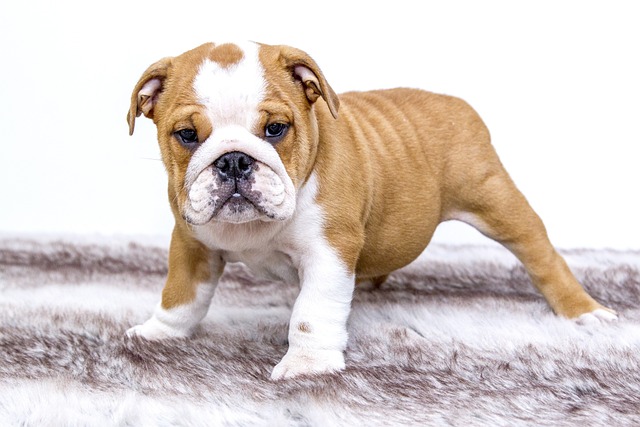
What is the healthiest food to feed your puppy
The quest for the healthiest puppy food can feel overwhelming for a new owner, staring at an entire wall of options at the pet store.
Distemper is one of the most worrying viruses for dog owners, and understanding how long it lingers in your home is key to keeping other pets safe. The virus can survive on surfaces like food bowls, carpets, and doorknobs for up to three months in the right conditions—cool, dark, and humid spaces let it hang on longer. This is why thorough cleaning isn’t just a suggestion; in many places, local animal welfare laws require pet owners to disinfect living areas after a distemper diagnosis to prevent the spread to other animals, whether they’re your own or neighborhood pets that might wander near.
When cleaning, regular soap and water won’t cut it—you need a disinfectant approved for use against distemper, like those containing bleach or quaternary ammonium compounds. Make sure to wipe down every surface your sick dog touched, from their bed to the corners of the couch where they napped. It’s also smart to wash any fabric items, like blankets or dog toys, in hot water (at least 140°F) and dry them on high heat, as the virus can’t survive extreme temperatures. Skipping these steps could put any new dogs you bring into your home at risk, and in some regions, failing to follow disinfection guidelines might lead to fines from local animal control.
 Many dog owners don’t realize that distemper can also stick to items you carry, like your shoes or a backpack that touched the vet’s floor. This means you might accidentally track the virus into your home even if your dog never went in a certain room. To avoid this, keep a pair of dedicated shoes for handling your sick pet and leave them by the door, and wash any outerwear you wear to the vet as soon as you get home. It’s also a good idea to check with your local animal shelter or vet clinic for region-specific tips—some areas have higher distemper rates and might recommend extra steps, like leaving windows open to let in fresh air when weather permits.
Many dog owners don’t realize that distemper can also stick to items you carry, like your shoes or a backpack that touched the vet’s floor. This means you might accidentally track the virus into your home even if your dog never went in a certain room. To avoid this, keep a pair of dedicated shoes for handling your sick pet and leave them by the door, and wash any outerwear you wear to the vet as soon as you get home. It’s also a good idea to check with your local animal shelter or vet clinic for region-specific tips—some areas have higher distemper rates and might recommend extra steps, like leaving windows open to let in fresh air when weather permits.
If you’re thinking about getting a new dog after a distemper case, most vets recommend waiting at least three months after your last cleaning to bring them home. This gives you time to do multiple rounds of disinfection and ensures any remaining virus particles have died off.
Dealing with distemper in your home takes patience and attention to detail, but it’s manageable with the right steps. By sticking to approved cleaning methods, waiting the recommended time before getting a new pet, and following local laws, you can make sure your home is safe for future dogs. Remember, your vet is your best resource—they can give you personalized advice based on your area’s climate, local regulations, and the specifics of your dog’s case. Taking the time to do things right will give you peace of mind and keep your furry family members healthy for years to come.

The quest for the healthiest puppy food can feel overwhelming for a new owner, staring at an entire wall of options at the pet store.

That tiny face looking up at you from a bowl that seems too big for them brings a very specific question: what is the absolute best food for my small-breed dog?

When a puppy starts showing signs like fever, runny eyes, or lethargy, panic often sets in for dog owners—especially when distemper is mentioned.

If you’ve ever pulled a bag of dog treats from the pantry only to have your pup spin in circles and paw at your feet, you might wonder

Pet owners often miss subtle changes in their dog’s behavior that signal worms, since many signs can seem like regular doggy habits at first.

You’re standing in the pet store aisle, holding a bag of crunchy peanut butter biscuits in one hand and freeze-dried salmon strips in the other